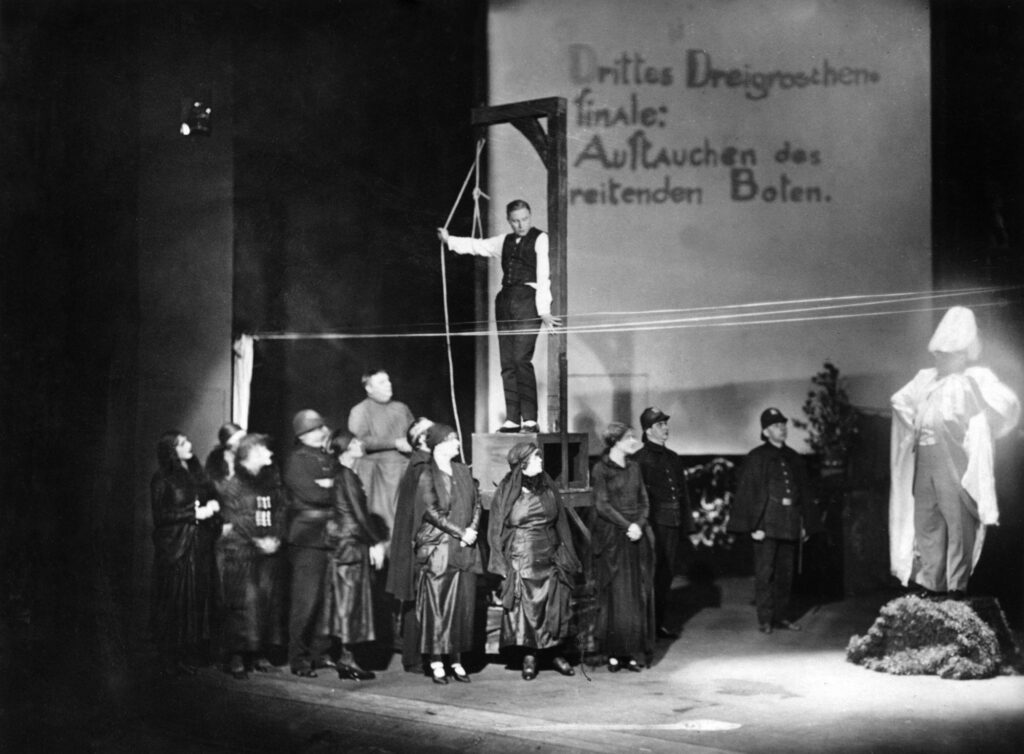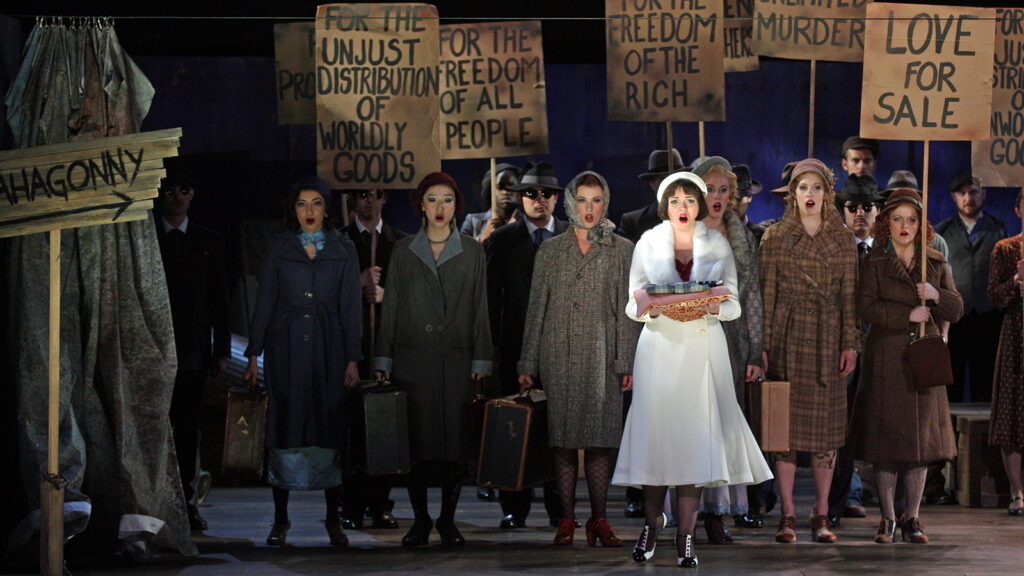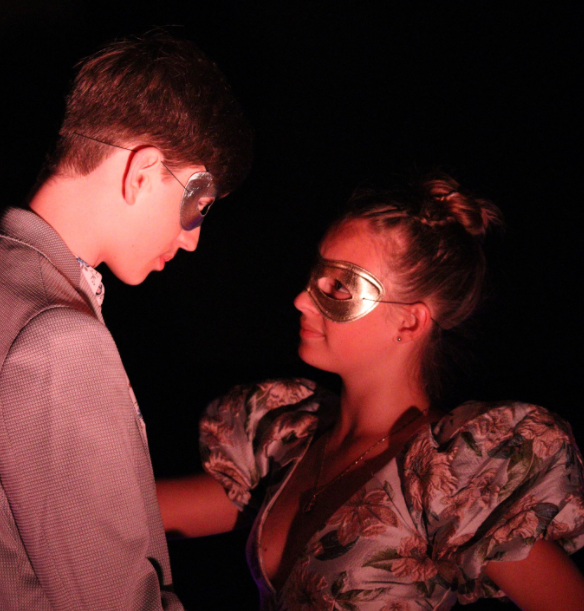
Epic Theatre: A Beginner’s Guide
Epic theatre is a form of theatre that emerged in the early 20th century as a response to the naturalistic and realistic theatre of the time. It is characterized by a series of loosely connected scenes that avoid creating an illusion and often interrupt the story line to address the audience directly. In this article, we will explore the history of epic theatre, provide examples of shows in this style, and discuss its relationship to Brechtian theatre.
History of Epic Theatre
Epic theatre emerged in Germany in the early 20th century and was developed by playwrights such as Bertolt Brecht and Erwin Piscator. These playwrights were dissatisfied with the naturalistic and realistic theatre of the time and sought to create a theatre that was more intellectually stimulating and socially relevant. Epic theatre was characterized by its use of “alienation” or “distancing” techniques, such as breaking the fourth wall, speaking in the third person, and using placards with text.
Examples of Shows in Epic Theatre Style
There have been many notable examples of shows in the epic theatre style, including:
- Bertolt Brecht’s “The Threepenny Opera” (1928): This musical is a satirical take on capitalism and the morality of the bourgeoisie. It features songs that support the message of the play, storytelling, and actors directly addressing the audience.
- Erwin Piscator’s “The War, Yes or No?” (1931): This play was a political commentary on the rise of fascism in Europe. It used documentary evidence, such as newsreels and photographs, to support its message.
- Tony Kushner’s “Angels in America” (1991): This play explores the AIDS epidemic in the United States and its impact on individuals and society. It uses various techniques, such as direct address and fantasy sequences, to create a distance between the audience and the play.
Relationship to Brechtian Theatre
Epic theatre is often associated with Brechtian theatre, named after its primary proponent, Bertolt Brecht. Brechtian theatre emphasizes the use of alienation techniques to create a distance between the audience and the play. The purpose of this distance is to encourage the audience to think objectively about the play, reflect on its argument, and draw their conclusions.
Brechtian theatre shares many similarities with epic theatre, such as the use of songs that support the message of the play, storytelling and narration, projection, and actors directly addressing the audience. However, Brechtian theatre places a greater emphasis on the use of dialectical materialism and Marxist theory in its plays. Brechtian theatre also emphasizes the importance of the actor as a mediator between the audience and the play.
Conclusion
Epic theatre is a unique and intellectually stimulating form of theatre that challenges the audience’s beliefs and values. It emerged in the early 20th century as a response to the naturalistic and realistic theatre of the time. Shows in this style often incorporate songs, storytelling, projection, and documentary evidence to support the message of the play. Epic theatre is closely related to Brechtian theatre, which places a greater emphasis on Marxist theory and the role of the actor. By studying and experiencing epic theatre, audiences can gain a deeper understanding of the social and political issues that shape our world.






